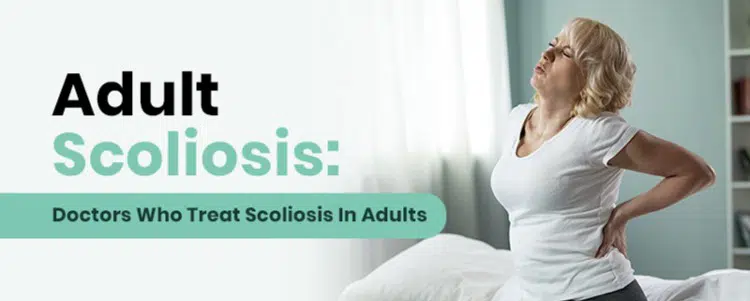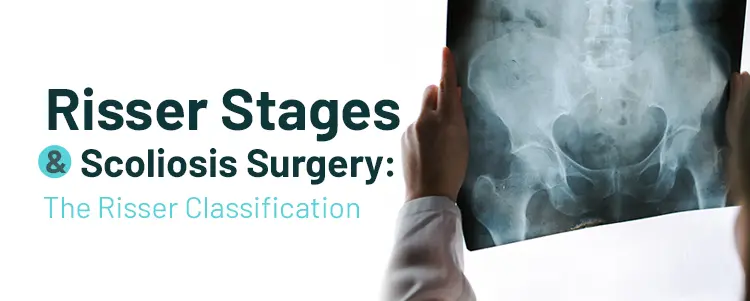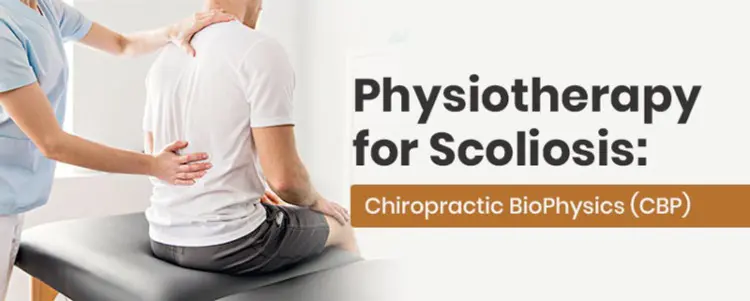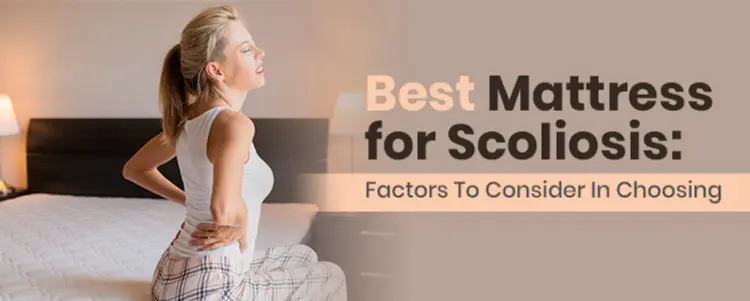

What Can Cause Scoliosis? Are You Born With It? Bad Posture?
The majority of scoliosis cases are not associated with a single cause. When the cause is known it can be neuromuscular, congenital, degenerative, or traumatic.


Adult Scoliosis: Doctors Who Treat Scoliosis In Adults
Adult scoliosis is a common and very treatable condition. The usual belief is that it mainly affects adolescents, but adults develop scoliosis too, and for different reasons.


Why Is 10 Degrees Diagnosed As A Scoliosis? Is It Bad?
The severity of a patient's scoliosis will be determined by the Cobb Angle measurement.


Finding The Right Scoliosis Doctor or Scoliosis Specialist
When it comes to finding the right scoliosis doctor, it’s important to understand that different treatment approaches offer different potential outcomes.


Spine Anatomy Overview: The Parts Of The Human Spine
Understanding spine anatomy is important because as such an integral part of human anatomy, its heath and function needs to be valued and preserved.


Hyperkyphosis: What It Is, Causes, Symptoms, and Treatment
There are many spinal conditions that involve a loss of the spine’s healthy curves; hyperkyphosis involves an excessive inward curvature of the thoracic spine.


Structural vs Functional Scoliosis: What Is The Difference?
Structural scoliosis is caused by a structural abnormality within the spine itself, while functional scoliosis is more related to temporary issues.


Scoliosis Neck Pain: Can Scoliosis Affect Your Neck?
A lot of times, scoliosis neck pain is associated with a loss of motion in the area.


Risser Stages & Scoliosis Surgery: The Risser Classification
There are different ways to assess a patient’s scoliosis and help predict their progressive rate; Risser stage measures skeletal maturity and growth potential.


Physiotherapy for Scoliosis: Chiropractic BioPhysics (CBP)
When it comes to physiotherapy for scoliosis, we are talking about proactively working towards an improvement in the spine’s overall health and function.


Yoga For Scoliosis: Poses That Help & Yoga Poses To Avoid
When it comes to yoga for scoliosis, the ancient practice can help keep the body strong and flexible, but isn’t enough to treat scoliosis on its own.


Lumbar Scoliosis: What Is It, Symptoms, & Treatments
Scoliosis is a progressive spinal condition that can develop anywhere along the spine, including lumbar scoliosis that involves the lower back.


Best Mattress for Scoliosis: Factors To Consider In Choosing
Knowing the best mattress for scoliosis is important for those living with the condition; a well-rested body and mind is likely to respond better to treatment.


Scoliosis X-Rays: Can X-Rays Identify A Scoliosis?
A patient’s scoliosis x-ray can tell us whether or not they fulfill the parameters that have to be met to be considered a true structural scoliosis.


Scoliosis Definition: What Is Considered A Scoliosis?
Let’s discuss what makes an accurate scoliosis definition, & the different forms of the condition that can develop, along with their condition characteristics.


Scoliosis Back Brace Options: The Best Scoliosis Braces
When it comes to the effectiveness of a scoliosis back brace, it’s determined by the end goal of the chosen brace, which guides its design.


Can Scoliosis Weaken Your Immune System? Does It Affect It?
To answer the question, can scoliosis weaken your immune system, we will consider the role of immune response in the condition’s most common form.


Scoliosis Causes: What Causes Scoliosis? [ANSWERED]
Part of the reason scoliosis is often deemed a ‘complex condition’, despite efforts made, we still don’t fully understand the different scoliosis causes.


Curvature Of The Spine: The Spine’s Healthy Curves
When an abnormal curvature of the spine develops, there is a loss of the spine’s normal curvatures, which can disrupt the spine’s overall health and function.